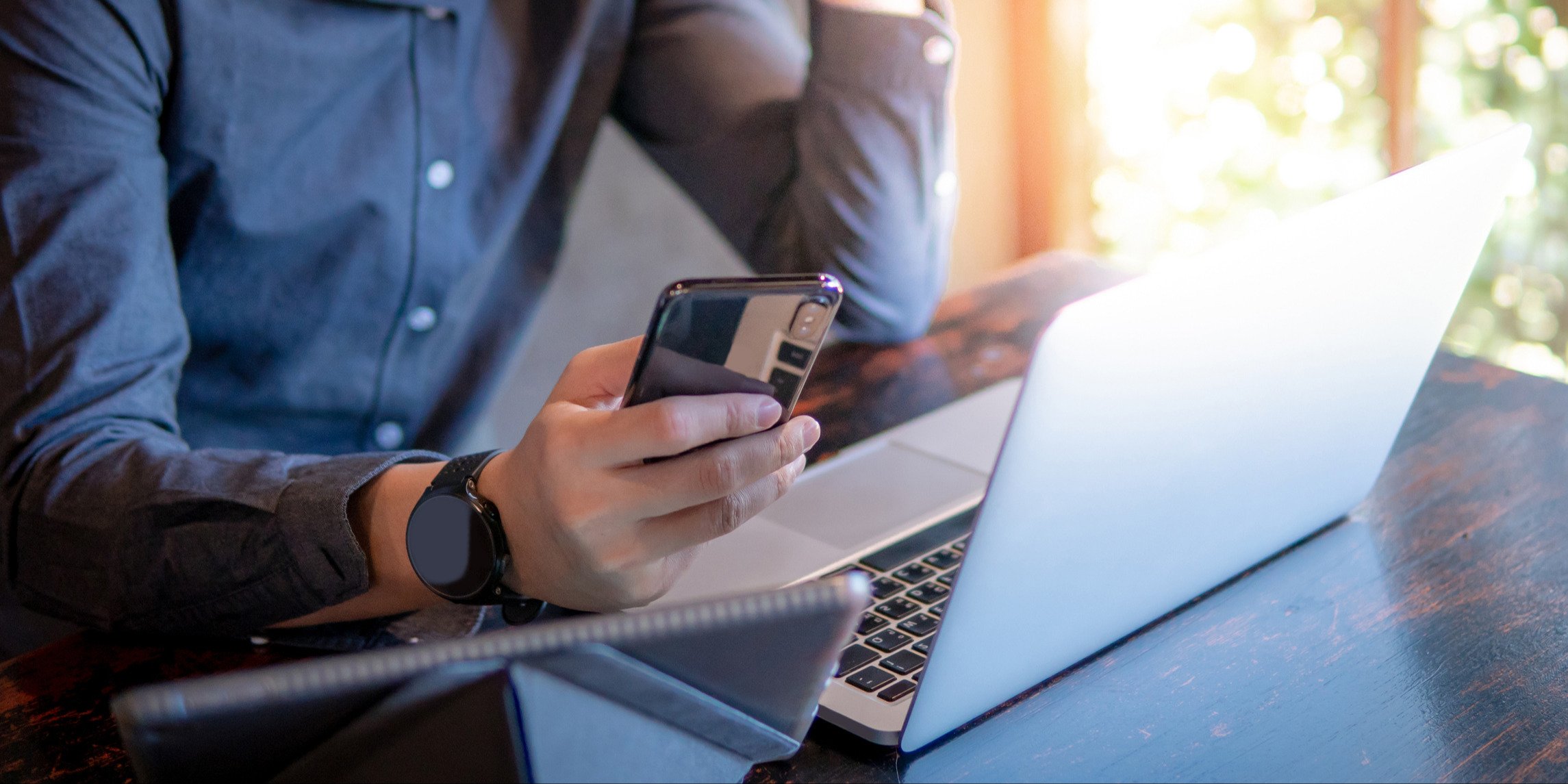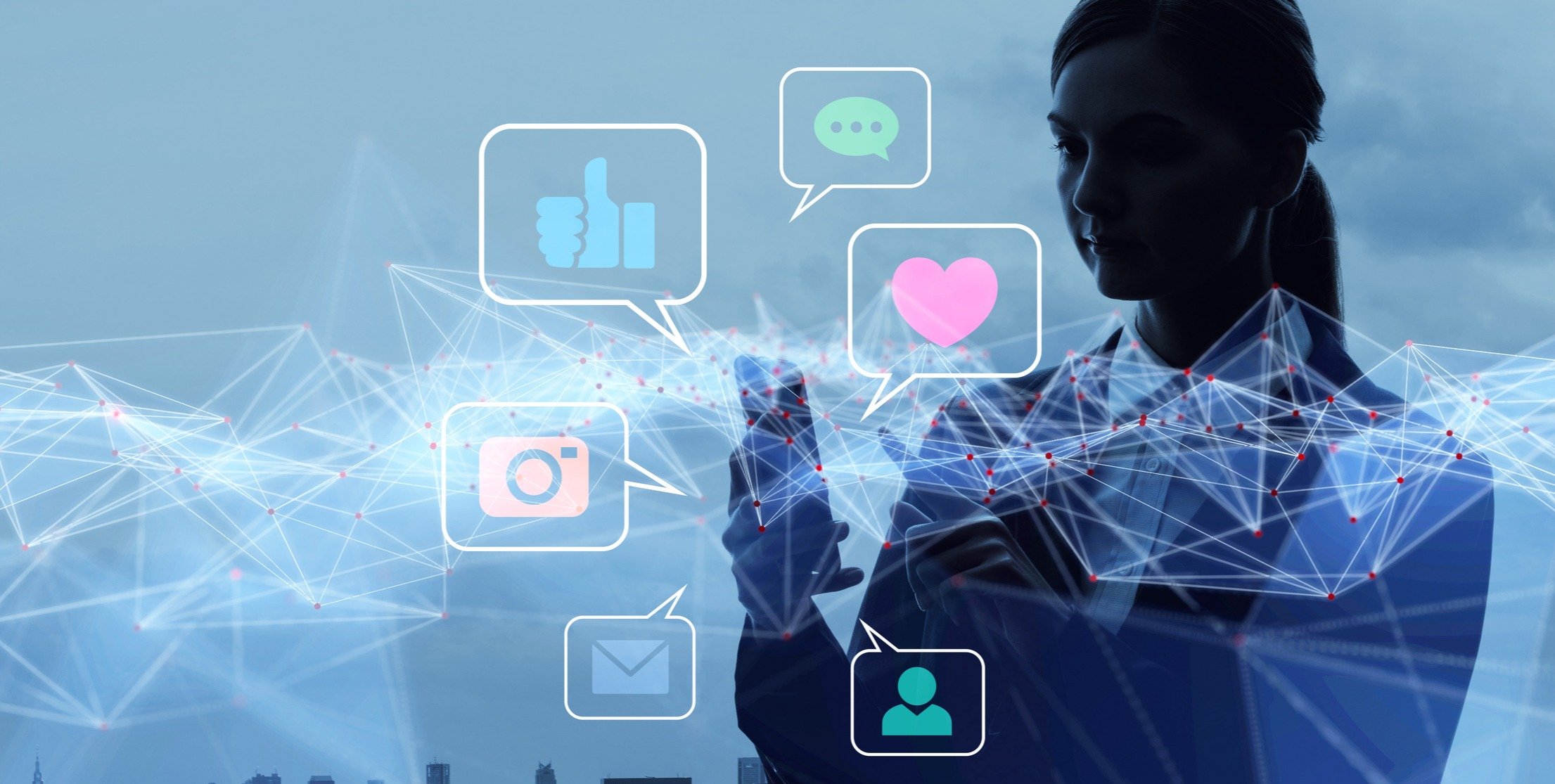How Many Times Should I Follow Up With an Inbound Lead?
When a prospect is considered an inbound lead, there's a natural inclination to treat them differently than prospects that are identified and...


A strategic social media marketing strategy can play a major role in the success of your inbound marketing strategy. However, in a time where everything and everyone is changing, your regular social media strategy, content, and cadence must adjust to the new normal to be effective
Even while in uncharted territory, it’s vital that we connect with prospects, clients, and team members. Social media presents a simple and effective way to keep that connection and still support your inbound marketing efforts. To help you along this journey, below we’ve gathered four tips that will support your marketing in the ‘new normal.’
 1. Humanize Your Brand
1. Humanize Your Brand According to a report from SmarterHQ, 72% of consumers say they only engage with brands and marketing messages that are personalized and tailored to their interests. Modern day users value personalization and engagement. Humanizing your brand on social media is a quick way to grab their attention.
Think about how you interact with your online audience. Have you established a connection that helps establish trust and loyalty, and foster engagement? Humanizing your brand means opening your company up to your audience, inviting them in, and giving them an exclusive look at your culture.
If you want to offer a valuable experience on social media, you need to engage with your audience in an authentic, empathic, and relatable way. Here are a few tips:
As a business, your listening skills are critical to your success. With everything changing — from marketing strategies to what people want — now is your chance to find out what matters to your audience and what issues they care about. If you don’t listen to what they want, you can’t help solve their problems and connect with them. Your digital voice is a very significant part of your customer service experience, don’t underestimate or underutilize it.
Social Media Examiner defines social listening as the process of listening to and analyzing conversations happening online about specific topics and keywords. Here are a few ways to utilize social listening:
Everyone’s day-to-day lives and routines have been massively altered. With one of the main goals of a social media strategy being to connect with your target audience, you must post at times that they’re actually using social media.
Early 2020, Sprout Social published a report on the best times to post on social media. Once the pandemic hit, the data shifted. For Facebook their original report suggested that the optimal time for engagement was Wednesday between 11 a.m. and 12 p.m. (CST). The COVID-19 version notes that the current best times to post to Facebook, based on overall engagement trends, are Monday, Wednesday and Friday from 10 a.m. to 11 a.m. (CST).
The number of peak times during the week also expanded for Instagram. Previously, Wednesday at 11 a.m. and Friday from 10 a.m.–11 a.m. (CST) were identified as the best times to post. Now, Monday, Tuesday and Friday at 11 a.m. and Tuesday at 2 p.m. (CST) are the best times to post on Instagram.
Since LinkedIn is a professionally oriented network, it’s not surprising that behavior has remained largely similar. The best time to post did shift a little, moving from top times at Wednesday from 8–10 a.m. and noon, Thursday at 9 a.m. and 1–2 p.m., and Friday at 9 a.m. (CST) to current best times for LinkedIn of Wednesday at 3 p.m., Thursday at 9–10 a.m. and Friday from 11 a.m.-noon (source Sprout Social).
Twitter, like LinkedIn, remained more consistent. “This may be due to the ongoing use of the platform as a way to quickly check news and spread useful public information for different regions’ lock down and quarantine measures,” notes the report. The current best time to post on Twitter is Friday 7–9 a.m., with 9 a.m. showing the peak of activity.
Scoptophobia (also known as scopophobia) – the fear of being stared at is a real condition that varies in severity from person to person. If you’re terrified of getting in front of the camera, you could very well suffer from this social phobia! But right now, our prospects and clients are in desperate need of human connection, even if it’s just a familiar, friendly face on Facebook Live.
Videos are the new face-to-face meeting, and it’s time to embrace it. Additionally, social video generates 1200% more shares than text and image content combined. And, if that isn’t enough to convince you, take a look at these other eye-opening video statistics to support your marketing and sales strategy. Here are a few ideas to get you started:
Click on this link for an extensive guide to getting comfortable on camera!
Social media can be used to significantly improve any company’s inbound marketing campaigns (source Forbes). However, if you want to effectively attract new visitors and potentially convert them into leads, your efforts must be strategically outlined — and that means adjusting with the times. 

When a prospect is considered an inbound lead, there's a natural inclination to treat them differently than prospects that are identified and...

79% of the United States population has a social media profile. "Our industry doesn't use social media" is no longer an excuse. If 79% of the...

Next week, over 24,000 marketing and sales professionals are gathering in Boston for HubSpot’s annual INBOUND conference, are you ready? In our...